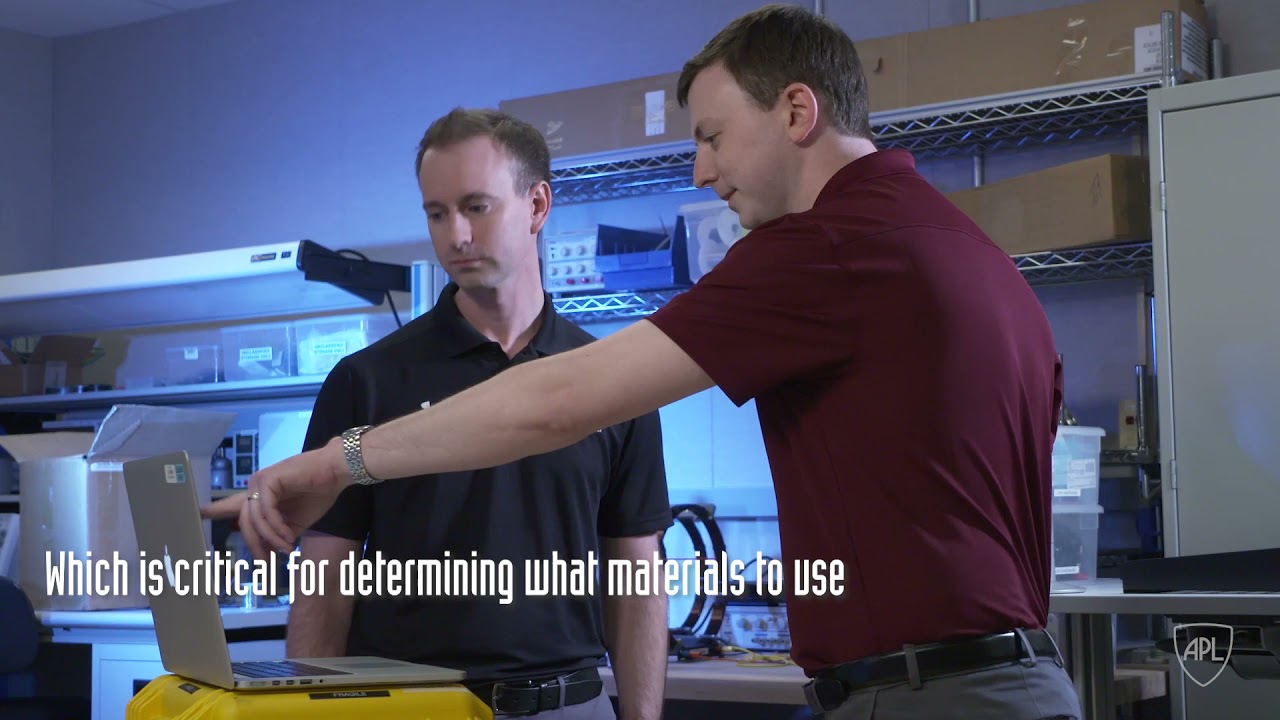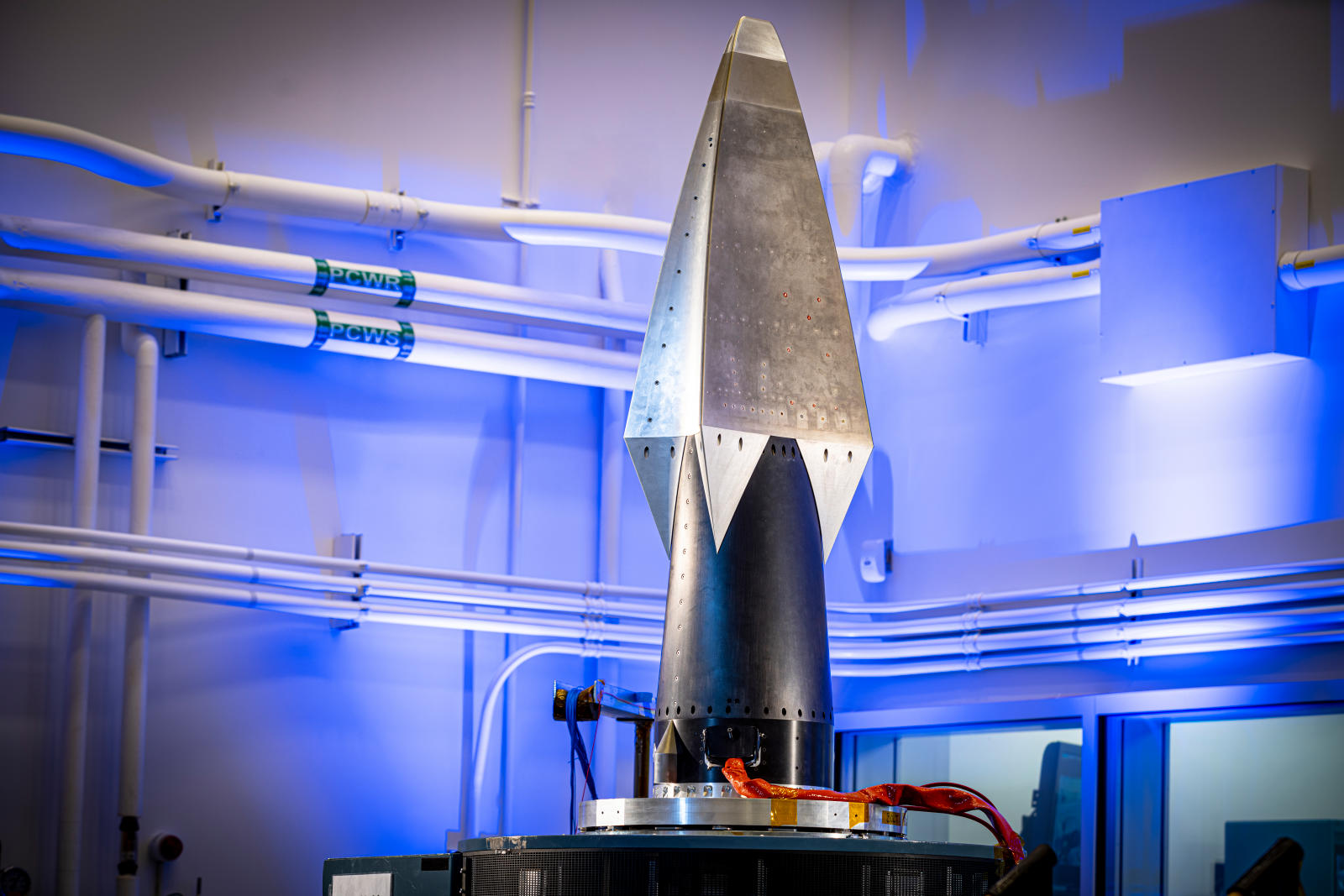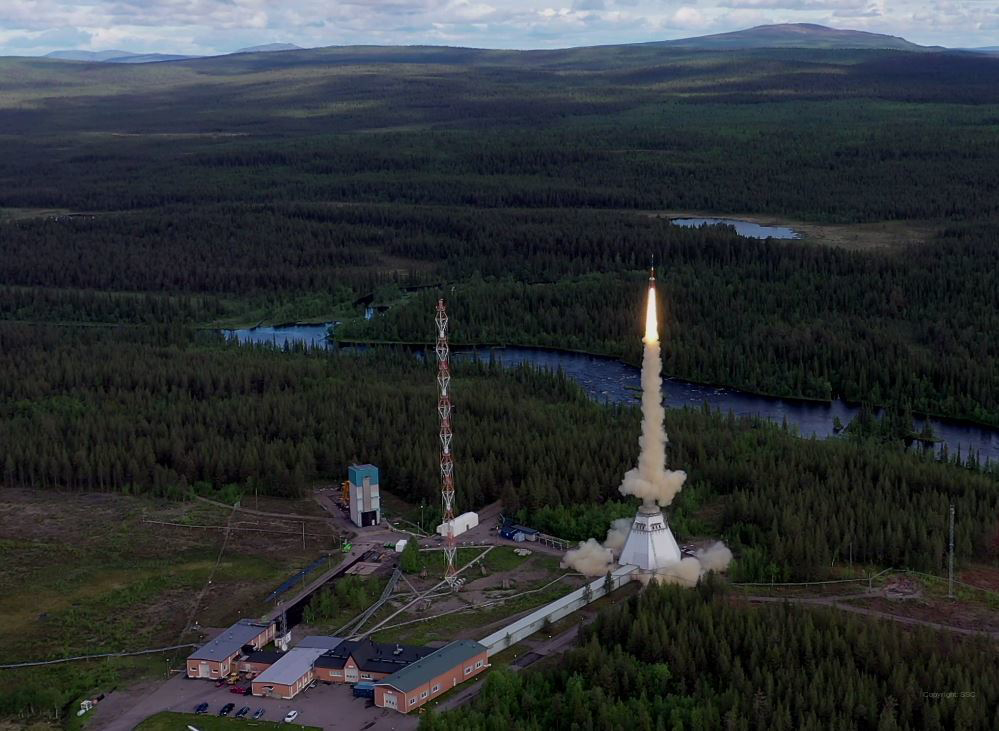Press Release
BOLT Experiment Readies for Final Flight in Sweden
After waiting over a year because of the pandemic, the Johns Hopkins Applied Physics Laboratory (APL) Boundary Layer Transition (BOLT) flight experiment team is preparing for a late-June launch campaign at the Esrange Space Center (SSC) in Kiruna, Sweden.
True to its name, BOLT aims to understand boundary layer transition — whether the air around the surface of a hypersonic vehicle is laminar (moving in a smooth manner) or turbulent (swirling in circles, and associated with up to eight times the heat transfer). Observing this flow around a hypersonic vehicle in flight is valuable; the resulting basic science knowledge can be transitioned to more applied efforts toward helping design hypersonic aircraft and missiles. However, multiple factors, including hypersonic vehicles’ shape and altitude, and the fact that they move faster than five times the speed of sound, make pinpointing this shift incredibly difficult.


